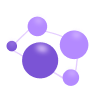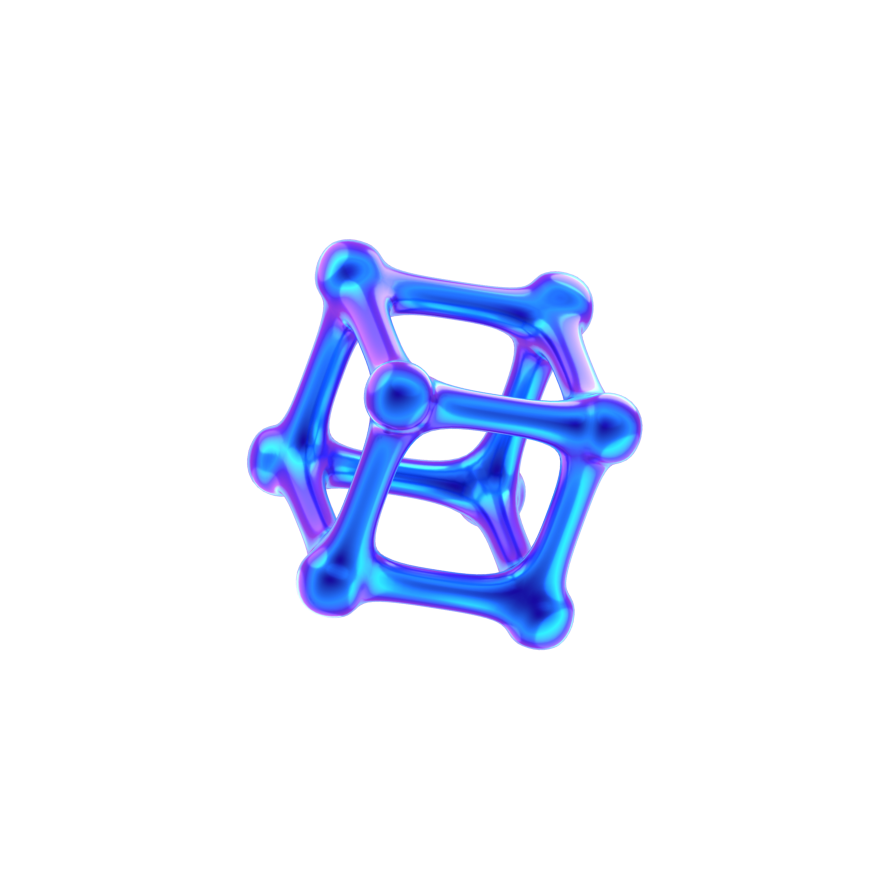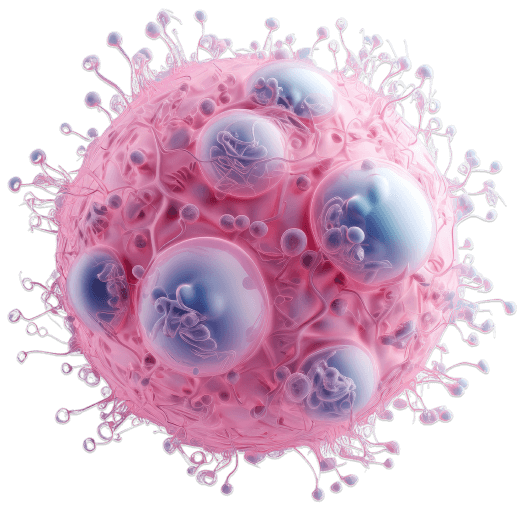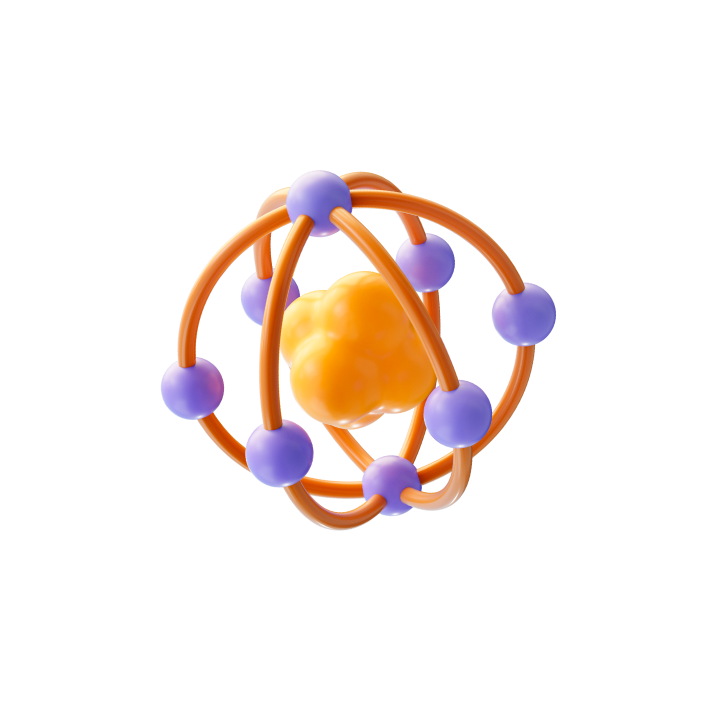Bioelectricity
The Next Generation of Regenerative Medicine
Dr. Levin has shown that bioelectricity is an “operating system” that governs the self-assembly and repair of tissues and organs

This operating system is a master control system that operates ABOVE the level of genetics. Essentially, your genes carry instructions on how to make the hardware in the body – bioelectricity is the software that makes the hardware work. It operates at all scales of biological structures, between cells and across the entire body.

Meet Dr. Michael Levin
Dr. Michael Levin of Tufts University and the Wyss Institute at Harvard University is a developmental biologist who is leading our understanding of bioelectricity.
levin lab members
Research Papers

A Large Body of Peer-reviewed Work
Dr. Levin has published more than 400 research papers in esteemed academic journals such as Nature, Cell, PNAS. His work has also been featured extensively within mainstream media, including within The New Yorker, TED Talks, Wired, The New York Times and the Lex Fridman podcast.





Areas of Immediate Impact
Oncology
Neutralize cancer cells to offer superior treatments
From Dr. Levin’s work, we now know the bioelectric signature of cancer cells, and by tracking these bioelectric changes we can better identify when and where cancer is forming.
Cancer cells retain the ability to normalize, and by communicating with these cell groups we can reconnect cancer cells to their environment and revert them back to healthy cells – without the use of toxic chemotherapies.
This is a dramatically different approach to today’s current cancer treatments which focus on killing cancer cells, which ultimately kills healthy cells in the process.


Aging & Longevity
Seek out damaged tissue to perform therapeutic tasks
Altering the electrical patterning gives scientists control to direct our cells to do what is needed within the body to heal.
Data indicates that bioelectric patterns are lost during aging, and we may be able to reset the bioelectric patterns to treat the fundamental, underlying cause of aging and aging-related diseases.


